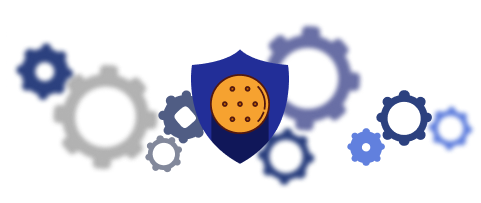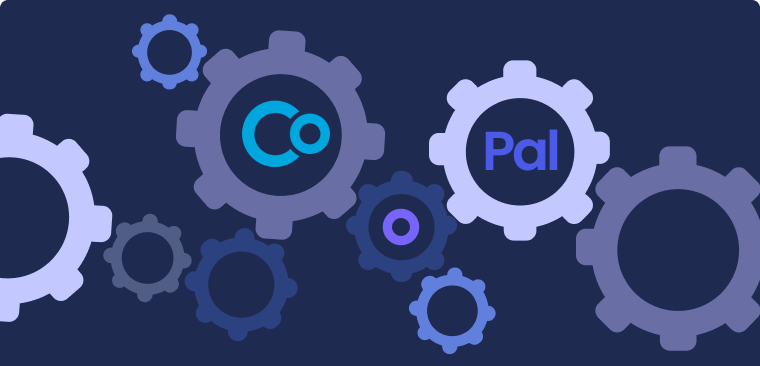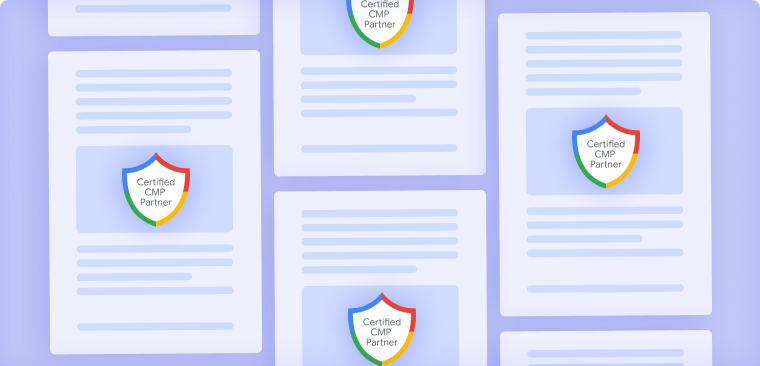Building a Strong GDPR Foundation: 10 Essential Documents
July 21, 2025
•
4 min read
Table of contents
back
to the top
🛡️ Building a Strong GDPR Foundation: 10 Essential Documents
Under the GDPR, compliance doesn’t end with good intentions — it requires solid documentation to prove your practices are legal, transparent, and accountable.
These 10 documents form the backbone of GDPR compliance for most organizations.

1. Privacy Policy
What is it?
A public-facing statement that explains how your business collects, uses, shares, and protects personal data.
Why It’s Critical:
Transparency is a GDPR core principle. Without it, you risk fines and loss of customer trust.
Key Elements:
- Data types collected
- Processing purposes and legal basis
- Data retention periods
- Data subject rights
- Third-party sharing
- Contact info for questions or complaints
2. Data Protection Policy
What is it?
An internal document outlining your company’s approach to GDPR compliance.
Why It’s Critical:
Guides employees and proves commitment to accountability.
Key Elements:
- GDPR principles
- Roles and responsibilities
- Security protocols
- Breach handling
- Training and awareness
3. Record of Processing Activities (ROPA)
What is it?
A detailed inventory of all personal data processing activities.
Why It’s Critical:
Helps understand data flows and enables regulators to assess compliance.
Key Elements:
- Data categories and subjects
- Processing purposes
- Legal bases
- Recipients and transfers
- Security measures
4. Data Subject Rights Request Log
What is it?
Tracks requests from individuals to exercise GDPR rights.
Why It’s Critical:
Ensures timely, compliant responses.
Key Elements:
- Request type and date
- Verification procedures
- Action taken and deadlines
- Communication records
5. Data Processing Agreements (DPAs)
What is it?
Contracts with third-party processors outlining GDPR obligations.
Why It’s Critical:
Allocate responsibility and liability.
Key Elements:
- Processing instructions
- Security requirements
- Sub-processor conditions
- Breach notification terms
- Data return/deletion clauses
6. Data Breach Response Plan
What is it?
A predefined process for handling personal data breaches.
Why It’s Critical:
Ensures you detect, report, and manage breaches within GDPR’s 72-hour window.
Key Elements:
- Breach identification and reporting
- Roles and responsibilities
- Communication plans
- Mitigation and documentation
7. Consent Records
What is it?
Proof that individuals have given clear and explicit permission for data processing.
Why It’s Critical:
Demonstrate consent was freely given, specific, informed, and revocable.
Key Elements:
- Timestamp and method of consent
- Information provided at consent
- Withdrawal mechanisms
- Audit trail of consent status
8. Data Protection Impact Assessment (DPIA)
What is it?
A risk assessment tool for high-risk data processing activities.
Why It’s Critical:
Legally required for certain processing; prevents breaches or fines.
Key Elements:
- Description of processing and purpose
- Risk identification and evaluation
- Mitigation measures
- Stakeholder consultation
- DPIA outcomes
9. Employee Data Protection Training Records
What is it?
Proof of employee training on GDPR.
Why It’s Critical:
Trained employees are less likely to mishandle data.
Key Elements:
- Training dates and attendees
- Topics covered
- Assessment results
- Refresher training schedules
10. Third-Party Vendor Risk Assessments
What is it?
Evaluations of vendors processing personal data.
Why It’s Critical:
Reduce compliance and security risks.
Key Elements:
- Vendor details and data processed
- Security and compliance certifications
- Risk ratings and mitigation plans
- Reassessment dates
✅ Final Takeaway
Understanding these documents is the first step to compliance confidence. Together, they protect your business and your customers.
📚 Sources & Further Reading
- GDPR Full Text
- Article 12–14 – Transparent Communication
- Article 24 – Responsibility of the Controller
- Article 30 – Record of Processing Activities
- Articles 15–22 – Data Subject Rights
- Article 28 – Processor Requirements
- Articles 33–34 – Breach Notification
- Article 7 – Conditions for Consent
- Article 35 – Data Protection Impact Assessment
- Article 39 – DPO Tasks & Training
- EDPB Guidelines on Transparency
- UK ICO Accountability Framework
- ENISA Breach Notification Tool
- ICO Vendor and Processor Checklists
Explore further

Understanding Internet Cookies: Essential, Analytics, and More
Learn how internet cookies work—types, purposes, and GDPR consent rules—to balance site functionality with user privacy and compliance.
September 29, 2025
3 min

The Role of Data Protection Officers (DPOs) in GDPR Compliance
In today’s digital landscape, protecting personal data has become a vital concern for organisations.
September 16, 2024
4 min

CMPs and Dark Patterns: What Not to Do in Your Consent Design
Dark patterns in CMPs trick users into consent they didn’t freely give. Learn why these tactics violate GDPR and how to design ethical, transparent consent flows.
November 07, 2025
3 min


